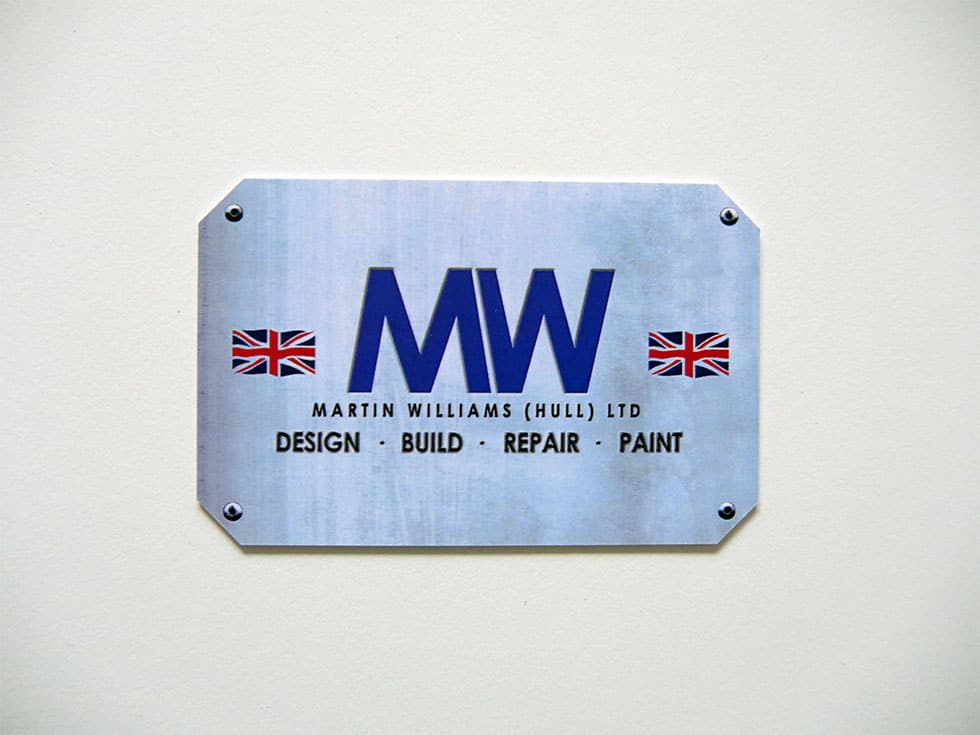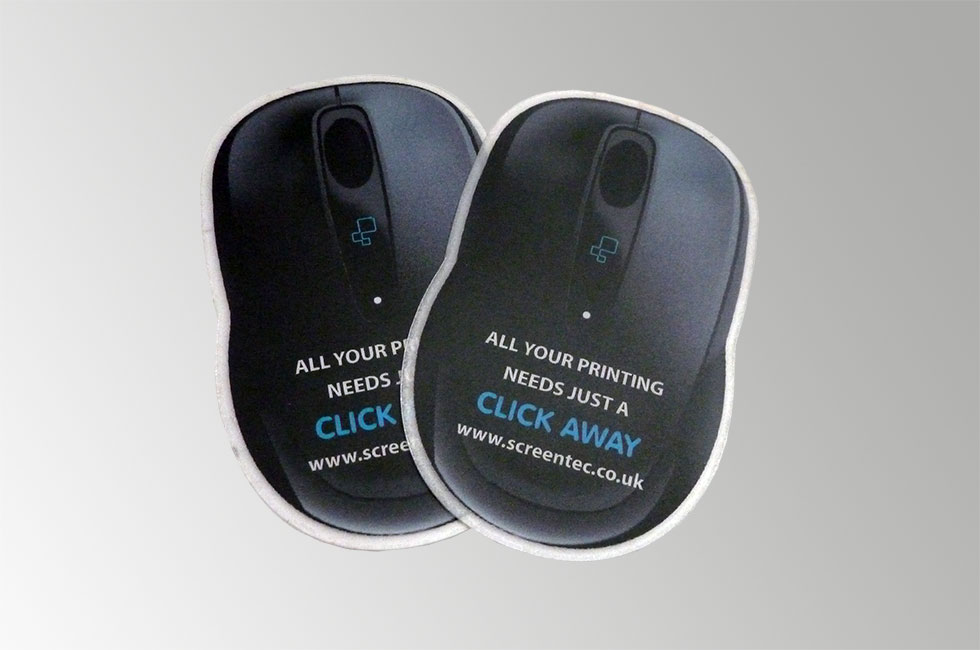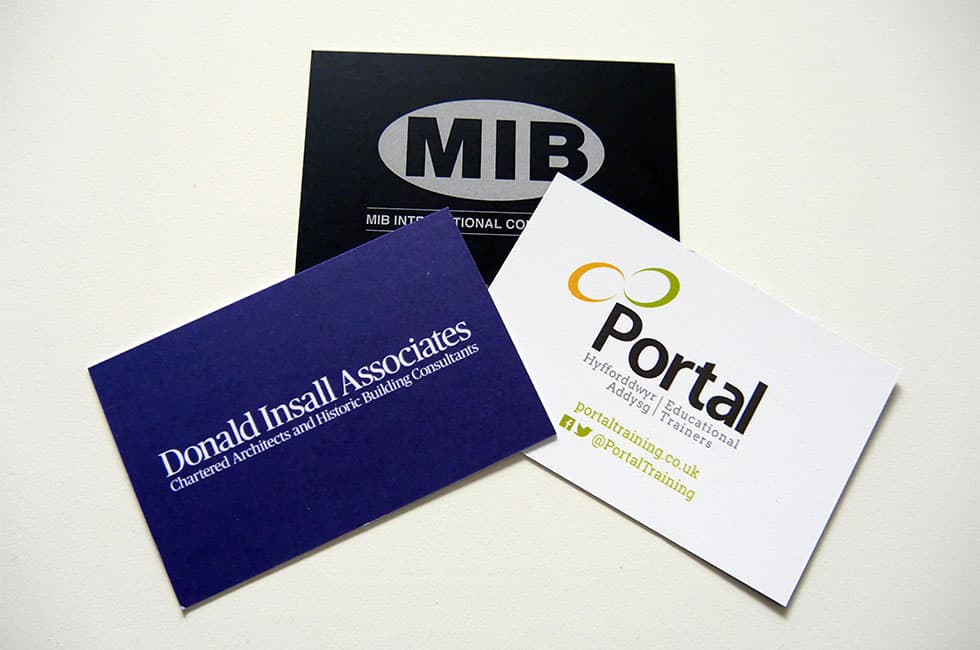In today’s digital age, the business card might seem like a relic of the past. However, it remains a potent tool for making memorable first impressions in the business world. An effective business card isn’t just a piece of paper; it’s a compact representation of your professional identity. In this blog post, we’ll explore the art of designing business cards that leave a lasting and positive impression on those you meet.
Start with a Clear Purpose
Your business card is your mini-billboard, so before you even start designing, clarify its purpose. Are you primarily using it for networking at events, as a quick contact reference, or perhaps both? Understanding your business card’s primary role will shape its design and content.
If it’s for networking, consider leaving a blank space on the back for notes. This allows your new contact to jot down key points about your conversation.
Keep it Simple: Less is More
Simplicity is the cornerstone of an effective business card. Avoid clutter, excessive text, or complex graphics. A clean, uncluttered card is not only visually appealing but also easier to read and comprehend. Remember, the goal is to convey information, not overwhelm your recipient.
Embrace the power of white space. It can make your card look more elegant and less crowded.
Highlight Key Information
When someone receives your card, they should instantly recognize the most important details. This includes your name, job title, company name, and contact information. Use legible fonts and ensure the text is large enough to read comfortably, even without reading glasses.
Opt for a clean, sans-serif font for your name and use a slightly smaller font for additional information. This contrast directs the recipient’s attention to the most critical details.
Choose the Right Size and Shape
While traditional business card dimensions are widely accepted, don’t shy away from considering unique sizes and shapes. A distinctive card can be a conversation starter. Just be sure that it fits comfortably into standard cardholders, wallets, or card cases.

If you decide to go for a unique shape, make sure it’s related to your industry or brand. A tech company might opt for a card in the shape of a microchip, for instance.
Incorporate Branding Elements
Your business card is an extension of your brand. Incorporate brand colours, fonts, and logos to ensure consistency across all your materials. This reinforces your brand identity and makes your business instantly recognizable.
If your brand’s colour palette is predominantly blue, consider using that colour for accents, such as headings or borders, on your card.
Make it Memorable
Memorability is a key goal of your business card. It should be so distinctive that it’s remembered long after the initial encounter. Consider incorporating creative elements that reflect your business or industry, such as embossed textures, die-cut designs, or unique finishes. Below you can see a prototype card that we made for ourselves a while back

If you’re a fitness trainer, for example, you might add a subtle, textured element that resembles a barbell.
Double-Sided Design
Maximise the real estate on your business card by using both sides. This extra space allows for additional information. Consider adding a brief list of services, a QR code linked to your website, or a powerful quote that represents your brand.
The back of your card can be an ideal place to include a captivating image related to your work or industry.
Consider Your Audience
Think about your target audience and design with them in mind. A corporate lawyer’s business card will look different from that of a graphic designer or an event planner. Your card’s design should resonate with your industry and your ideal clientele.
If you’re a graphic designer, your card could serve as a mini-portfolio, showcasing your design skills.
Quality Matters
Investing in high-quality paper and printing is essential. The tactile experience of holding a well-crafted business card can create a strong impression. High-quality paper not only feels better in the hand but also stands up to wear and tear, ensuring your card remains presentable.
Choose paper with a weight that feels substantial. This conveys quality and professionalism.
Proofread, Proofread, Proofread!
The devil is in the details, and when it comes to business cards, a single error can be embarrassing and unprofessional. Triple-check all information for accuracy and spelling. A typo on a card can erode trust and leave a poor impression.
Ask a colleague or friend to proofread your card as well. Fresh eyes can catch mistakes you might have missed. Obviously we’ll send you a proof back to approve before going to print!
Test and Iterate
Before printing a large batch, test your design with a small run. Share them with colleagues, mentors, or friends, and be open to feedback. Use this feedback to make improvements and ensure your business card is the best representation of your brand.
Consider asking us to print a small number of cards for testing before committing to a larger print run if you like.
Click here to see how we can help you with your next project!


Recent Comments